Air pollution responsibilities
Updated: 2015-12-21 07:45
(China Daily)
|
|||||||||
 |
|
Visitors walk at the Tian'anmen Square amid severe smog in Beijing on Tuesday. [Photo/IC] |
The frequency of severe smog seems to have made emergency measures to lessen the pollution's impact part of life for Beijing residents nowadays.
However, the report that more than 20,000 cars were found driving on the capital's roads on Saturday, ignoring the ban on vehicles according to their license plate numbers, indicates that not all the necessary measures are being strictly adhered to.
The emergency measures have proved effective in helping mitigate the severity of the immediate pollution. Data showed the average discharge of pollutants in the city dropped 30 percent just 10 hours after the first red alert measures were put in place two weeks ago.
Yet, as the city sounded the red alert for the second time this weekend, complaints about the inconvenience caused by the restrictions on car use have become loud, especially as the Ministry of Environmental Protection recently issued a report identifying coal burning and steel factories as the main source of air pollution in Northeast China.
Although the report did not contradict the finding that the emission of about 5.5 million cars in the capital ranks as the top source of the pollutants generated locally, many drivers are still unwilling to admit the necessity of limiting their driving to slash vehicle exhaust emissions.
Such controversy or confusion about individual responsibility does a great disservice to the fight against air pollution.
The repeated red alerts show that Beijing has gradually learned how to respond effectively to the emergence of hazardous smog. But a long-term plan to fairly share the burden of pollution control among all local residents and neighboring areas is still missing.
To rally stronger and sustained public support for the long-term war against air pollution, it is therefore necessary for the city to have a thorough analysis and discussion about what are the costs to effectively reduce air pollution and how those costs can be fairly shared among residents in Beijing and its neighboring areas.
- 10 execs suspected of faking pollution data
- Top 10 social media events of 2015
- Life sentences for east China child traffickers
- Shenzhen leaps to top of efficiency list in 2 yrs
- Pandas prefer choosing their own sex partners, researchers find
- Tycoons exchange views on building a cyberspace community of shared future
- Iraq holds its first beauty contest in 40 years
- Libyan factions sign UN deal to form unity government
- World's refugees and displaced exceed record 60 million
- No specific, credible terror threats against US: Obama
- UN Security Council adopts resolution to cut off Islamic State funding
- California shooters' ex-neighbor charged with supporting terrorists

 Iraq holds its first beauty contest in 40 years
Iraq holds its first beauty contest in 40 years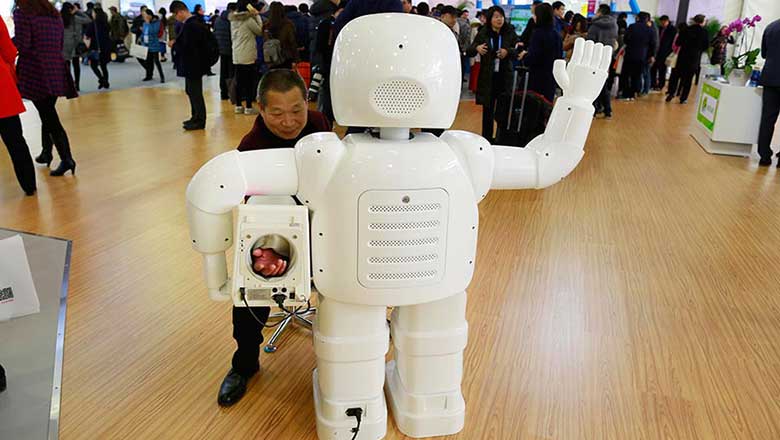
 Highlights at the Light of the Internet Expo
Highlights at the Light of the Internet Expo
 Finger Icons: Guess who's who
Finger Icons: Guess who's who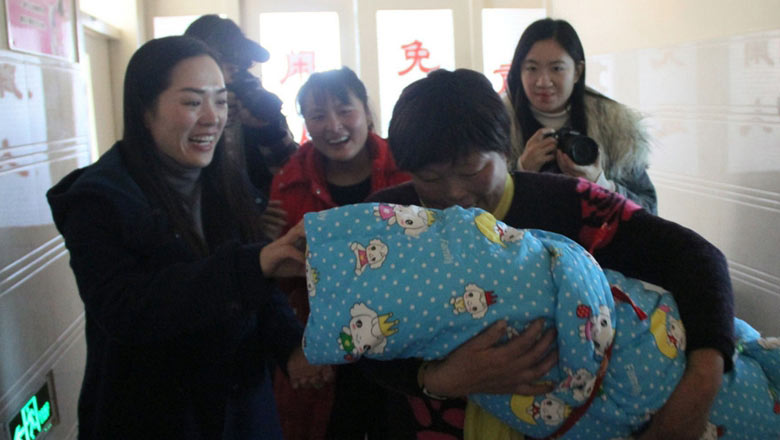
 Older mother who lost only child delivers another baby
Older mother who lost only child delivers another baby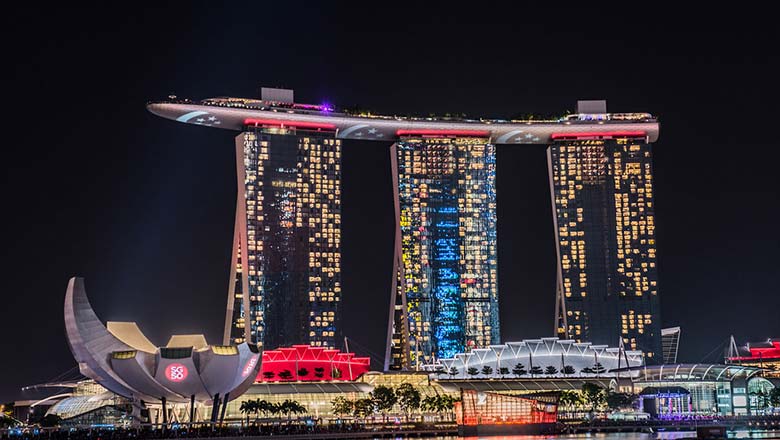
 Top 10 most attractive FDI destinations in the world
Top 10 most attractive FDI destinations in the world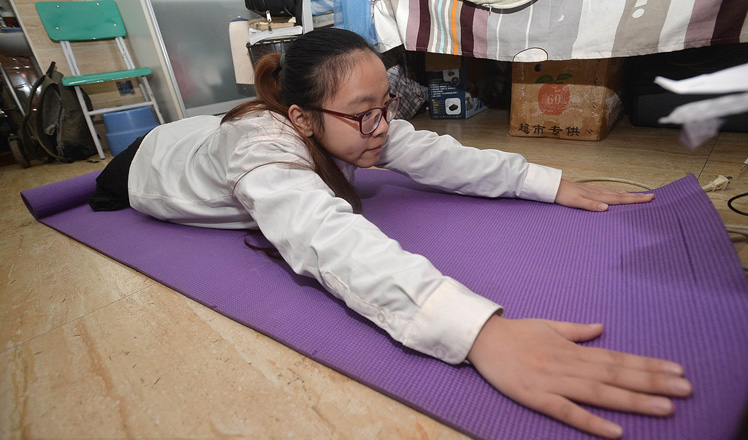
 Canadian college offers flying classes to legless girl
Canadian college offers flying classes to legless girl
 Fashion buyer scours the world for trendy items
Fashion buyer scours the world for trendy items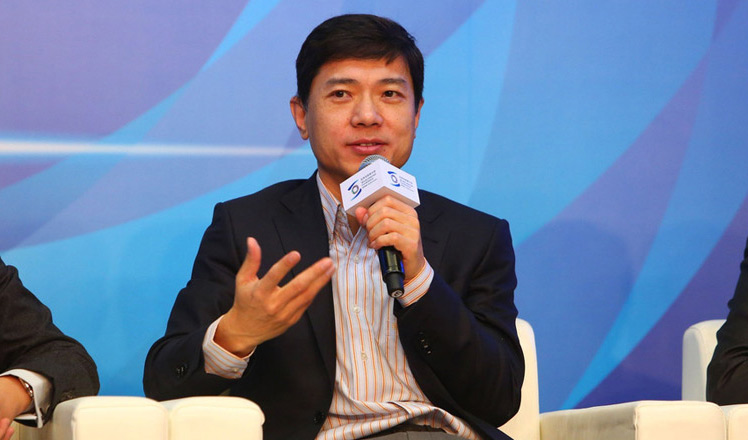
 Tycoons exchange views on building a cyberspace community of shared future
Tycoons exchange views on building a cyberspace community of shared future
Most Viewed
Editor's Picks

|

|

|

|

|

|
Today's Top News
Shooting rampage at US social services agency leaves 14 dead
Chinese bargain hunters are changing the retail game
Chinese president arrives in Turkey for G20 summit
Islamic State claims responsibility for Paris attacks
Obama, Netanyahu at White House seek to mend US-Israel ties
China, not Canada, is top US trade partner
Tu first Chinese to win Nobel Prize in Medicine
Huntsman says Sino-US relationship needs common goals
US Weekly

|

|








